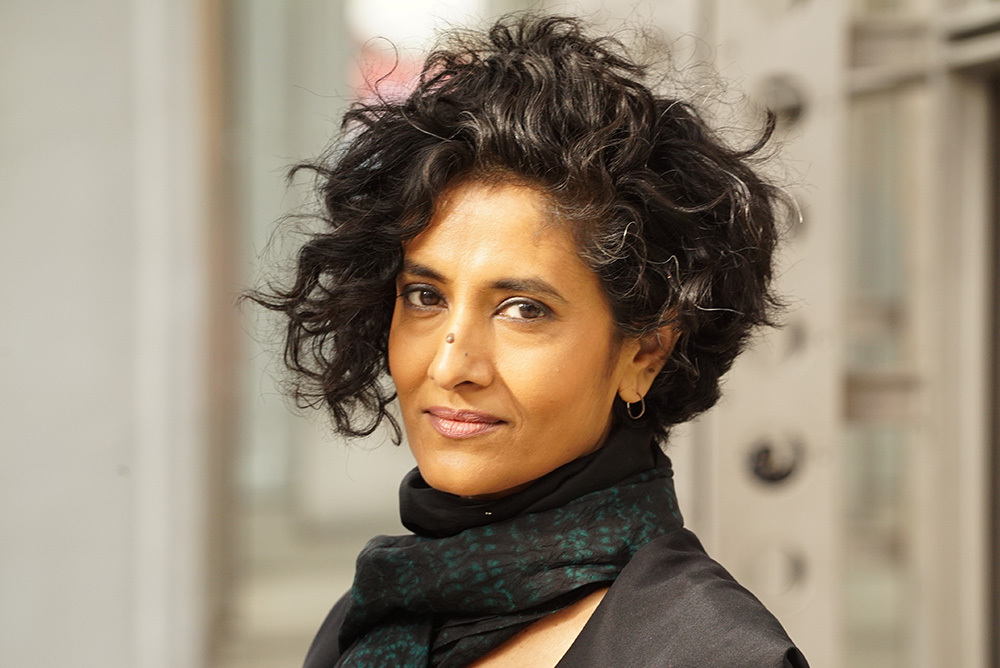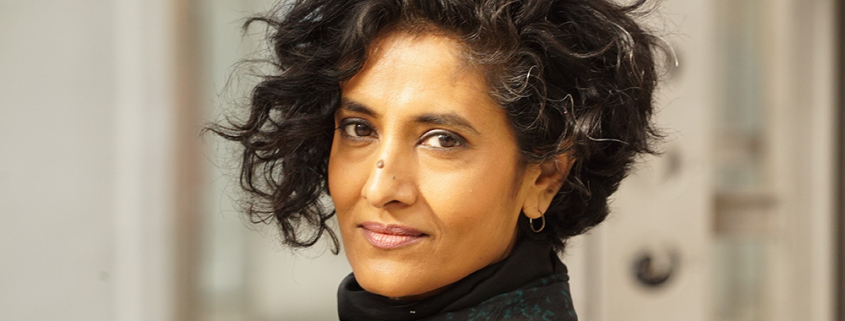Somini Sengupta on climate journalism

Somini Sengupta, a Hearst visiting executive in residence at the Annenberg School for Communication and Journalism, has worked at the New York Times for 20 years, the past several of which at the climate desk as the international climate correspondent. From her coverage of the recent COP26 summit in Glasgow, Scotland, to profiling youth climate activist Greta Thunberg, Sengupta is a media professional incomparably versed in global climate politics — offering an international, analytical perspective. The Daily Trojan spoke with Sengupta Thursday about the present and future of climate change and its subsequent media coverage.
This interview has been edited for length and clarity.
Daily Trojan: In my own coverage of environmental issues, I always try to tie up my stories with a neat resolution or call to action, but when it comes to climate, things aren’t always that clear-cut. So how do you strike a balance between ambivalence and positivity in your own reporting?
Somini Sengupta: My goal is to help my readers understand the world better and to hold the powerful to account … Hopefully, I’ve explained something that matters to my readers and moved them, surprised them, made them angry. Not every story does all those things. So every story serves a slightly different purpose. Part of my job as a reporter is to show my readers, to show the general public, what people are doing to solve problems. That could involve activists who are marching, that could be lawyers who are taking companies to court, that could be economists who are studying the impacts. Broadly speaking, that could be researchers, scientists, who are telling us what has already happened because of historic emissions and what is projected to happen.
DT: Speaking of climate change, a good graph, chart or photo can make climate change phenomena feel a lot less abstract. So what would you consider a good climate change visual, and what traits would something like that include?
SS: That’s really mind-blowing, and hopefully easy to grasp. Hopefully, easier to grasp through visuals than through words … So we always discuss among colleagues: what’s the best way to tell this story?
DT: When you reported from Glasgow last November, you called COP26 the ultimate platform for global collective action. How much of the action took place was actually outside of the plenaries and diplomatic sessions, and how did you see youth activism playing a role?
SS: There were negotiations inside, there was advocacy inside, there was advocacy outside. I think I wrote the Monday after the negotiations concluded that, now, it was really up to what happens in government legislatures around the country, what happens on the streets of those big polluter countries, how much pressure lawmakers in those countries face. And, by those countries, I will tell you the three most important countries are China, the United States and the countries of the European Union, because those are, by far, the three largest emitters — historically and currently … Expect a lot of litigation in the coming months and years, both against governments on the legal claim that they are violating the rights of their citizens and against companies for the pollution that they have already caused.
DT: Can you speak a little bit about the amount of empathy that it takes to translate something from science to a story? How do you weave a compelling narrative that gets people to care about something that might not yet directly impact them?
SS: It’s hard to imagine a person who is not directly impacted by global warming already. It really truly is, but I think you’ve raised a really important word in the craft of journalism, and that is to mobilize empathy. Part of my job is to step into the shoes of others and listen to their stories, write about their experiences and bring that to life — make that relatable to someone who lives a very different life …. You want your readers to be able to relate to the place or the people you’re writing about in some way.
DT: Do you think it’s more important to reach as many people as possible, or do you have a particular audience or public in mind with your work?
SS: Especially when it comes to climate change, I think it’s everyone’s business. So I’d like to expand my audience as much as possible, and also I like to help people understand who don’t think of themselves as interested in climate change or who don’t think of themselves as environmentalists … It’s important to tell the climate story in so many different ways because it’s really not an environmental story; it’s much broader. It’s a human story. It’s changing the human condition.
DT: One thing that I think about a lot is the intersectionality of climate change and how it exacerbates lots of systemic issues that are far outside the realm of just the environment. How do you attempt to incorporate all of this into your work? Do you ever struggle with the sheer vastness of it?
SS: Absolutely. Every story doesn’t have to incorporate the sheer vastness of it. In fact, if it does, it’s not really a story, right? … We write very different kinds of stories. We write stories about scientific research. We write stories about a debate that’s happening over a particular public policy. We write stories about interesting people who are doing really cool things. We write stories about efforts underway to address climate change, including to adapt to climate change.
DT: How do you maintain your mental health when you’re dealing with heavy topics?
SS: Journalists in various fields cover heavy topics that can be a lot because our job is to bear witness … My job, many times, is to bear witness to the suffering of others, and you carry that with you. So I think it’s really important to do three things: Always know why you’re doing this — what is your purpose? … Two, be with your people. Find people whose company you enjoy … Find people who get you, who know what you’re doing.
We have some choices about how we want to show up for ourselves, for our communities, for the natural world that we are a part of … Even if you can’t solve all the problems of the world yourself … Part of finding your purpose is really trying to figure out, “What am I good at? What’s my role in making a difference in whatever way I want to?”
DT: Are there any pressing issues that we should be paying attention to that aren’t necessarily getting significant media coverage?
SS: In the months ahead, what journalists and citizens’ groups in general could be paying attention to are all these “net zero promises.” Because we’ve seen, in the last year or two, a real acceleration of all kinds of promises from companies, governments and organizations to be carbon neutral or net zero. There’s not really an agreement about what that means — how do you get there? How much are you doing? … Particularly in the United States because we’re a big economy and we have a big climate footprint.

